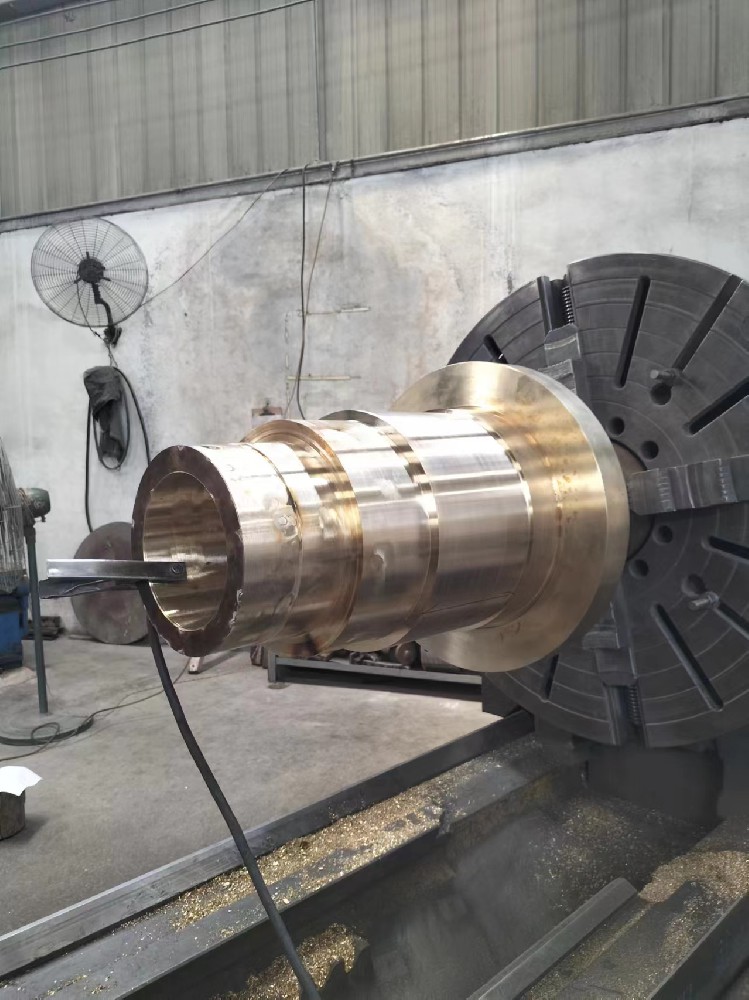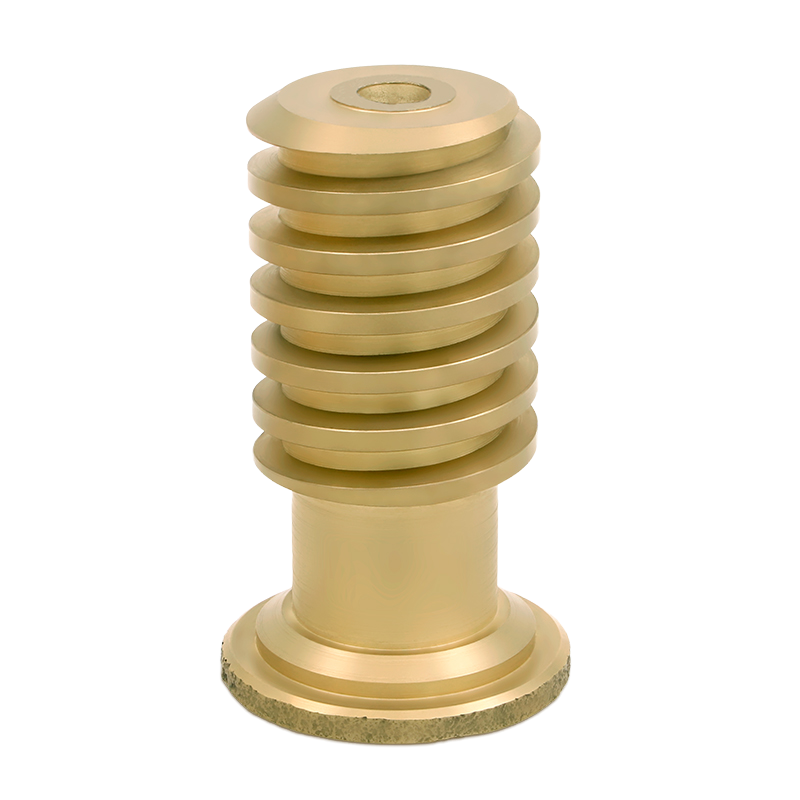 Mazhuang Village, Yuhe Town, Huixian City, Xinxiang City, Henan Province, China
Mazhuang Village, Yuhe Town, Huixian City, Xinxiang City, Henan Province, China
 Service Hotline +86 17630258963
Service Hotline +86 17630258963  Cell phone +86 17630258963
Cell phone +86 17630258963 Improving the wear resistance of copper nuts can be achieved through a variety of methods. The following are some common measures:
Use copper alloy: Choose a copper alloy with better wear resistance, such as aluminum bronze, silicon bronze or manganese bronze. These alloys have higher strength and hardness than pure copper, thereby improving wear resistance.
Quenching and tempering: Quenching and tempering of copper alloys can significantly improve the hardness and wear resistance of the material.
Age Hardening: Some copper alloys can be age hardened to increase their hardness and wear resistance.

Electroplating: Electroplating hard metals such as nickel, chromium or cobalt on the surface of copper nuts can form a wear-resistant surface coating.
Surface hardening treatment: such as nitriding or carbonitriding, which can increase the hardness and wear resistance of the surface.
Coating technology: Use physical vapor deposition (PVD) or chemical vapor deposition (CVD) technology to deposit wear-resistant coatings on the surface of the nut, such as titanium carbide (TiC), titanium nitride (TiN), etc.
Solid lubricant coating: Coating the surface of the copper nut with a coating containing solid lubricant, such as molybdenum disulfide (MoS2), graphite or polytetrafluoroethylene (PTFE), can reduce friction and extend service life.
Increase the contact area: Through design optimization, the contact area between the nut and the mating part is increased, reducing the pressure per unit area and reducing wear.
Optimized thread shape: Using an optimized thread shape, such as rolled threads, can improve the hardness and smoothness of the thread surface, thereby reducing wear.
Use lubricant: During the use of the nut, using a suitable lubricant can significantly reduce friction and reduce wear.
Solid lubricant embedding: Embedding solid lubricant into the internal thread or external thread of the nut can improve wear resistance.

Strict manufacturing process: Ensure strict process control is used during the nut manufacturing process to ensure the surface finish and dimensional accuracy of the nut to reduce wear.
Regular inspection and maintenance: Regularly check the status of the nuts during use, replace seriously worn nuts in a timely manner, and maintain good working condition.
Through the above measures, the wear resistance of copper nuts can be effectively improved, making them more durable and reliable in various applications.
